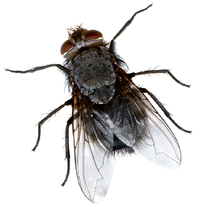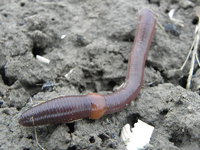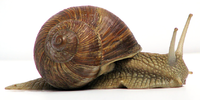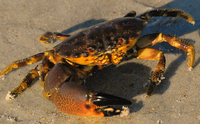Difference between revisions of "Invertebrate"
(→Examples) |
|||
| Line 26: | Line 26: | ||
| style="height:20px; width:200px; text-align:center;" |Crabs are [[crustacean]]s which are a type of '''invertebrate''' with muscular bodies with an [[exoskeleton]] and 8 jointed legs. | | style="height:20px; width:200px; text-align:center;" |Crabs are [[crustacean]]s which are a type of '''invertebrate''' with muscular bodies with an [[exoskeleton]] and 8 jointed legs. | ||
|} | |} | ||
| + | |||
| + | ===References=== | ||
| + | ====Edexcel==== | ||
| + | |||
| + | :[https://www.amazon.co.uk/gp/product/1292120207/ref=as_li_tl?ie=UTF8&camp=1634&creative=6738&creativeASIN=1292120207&linkCode=as2&tag=nrjc-21&linkId=22455ff53961978667722edaa64c0be5 ''Invertebrates, pages 50, 187, GCSE Biology, Pearson, Edexcel ''] | ||
Latest revision as of 16:52, 21 November 2019
Contents
Key Stage 2
Meaning
An invertebrate is an animal without a backbone.
About Invertebrates
- There are many different kinds of invertebrate animals.
- Some invertebrates have exoskeletons, which is a hard bony shell on the outside.
- Some invertebrates have no bones at all and just use muscles to move.
Examples
- There are many different kinds of invertebrates. Below are just 5 but there are many more.
| Flies insects which are a type of invertebrate with 6 jointed legs. | Spiders are arachnids which are a type of invertebrate with 8 jointed legs. | Earthworms are worms which are a type of invertebrate with a long tube like body and no legs. | Snails are molluscs which are a type of invertebrate with a muscular body. They also sometimes have a shell. | Crabs are crustaceans which are a type of invertebrate with muscular bodies with an exoskeleton and 8 jointed legs. |





